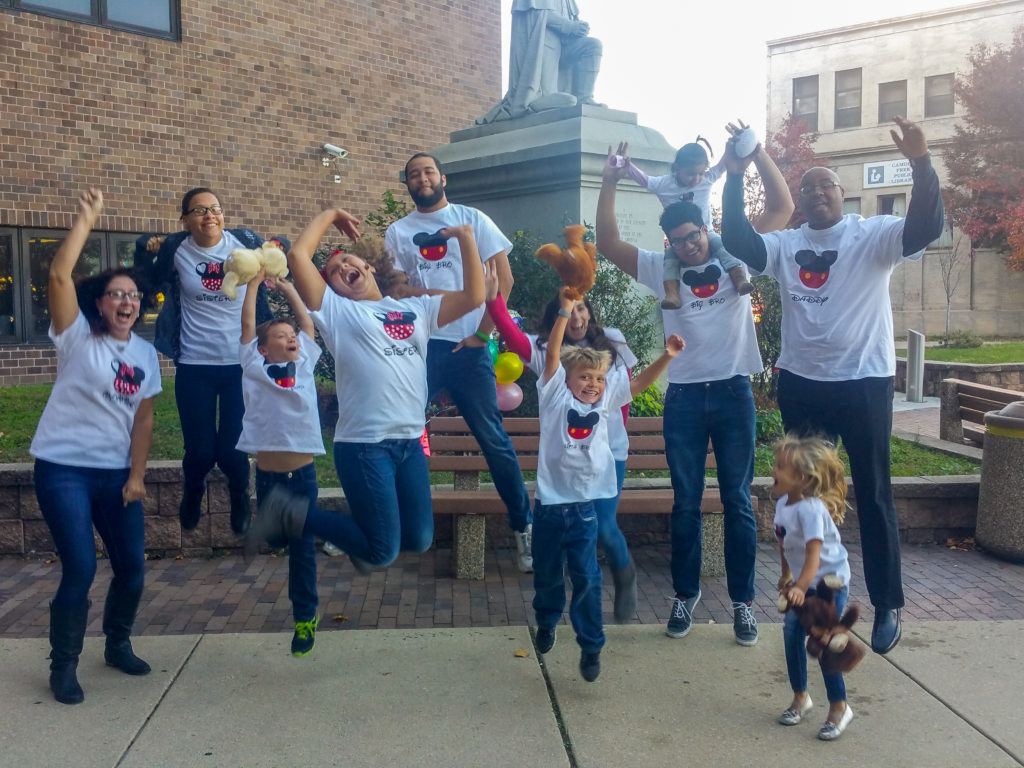Across the county, foster parents take children in need into their homes. In some cases, these same children become a part of their families forever through adoption. New Jersey foster parent Karen Booker knows this story well.
 What has made such an impact on Karen’s life was her decision to foster over 50 children, 3 of whom she has adopted. Karen touched so many lives during her 5 years of being a licensed foster parent and continues to keep her home open to children in care.
What has made such an impact on Karen’s life was her decision to foster over 50 children, 3 of whom she has adopted. Karen touched so many lives during her 5 years of being a licensed foster parent and continues to keep her home open to children in care.
The Booker’s journey to becoming the Outstanding Adoptive Family of the Year at Foster and Adoptive Family Services (FAFS) and the Division of Child Protection and Permanency’s (DCP&P) Annual Recognition Brunch began when her biological children were getting ready to go to college. Rather than having another child, she said she decided to foster because she “knew that there were a lot of children out there who needed homes and needed love.”
Continue reading





